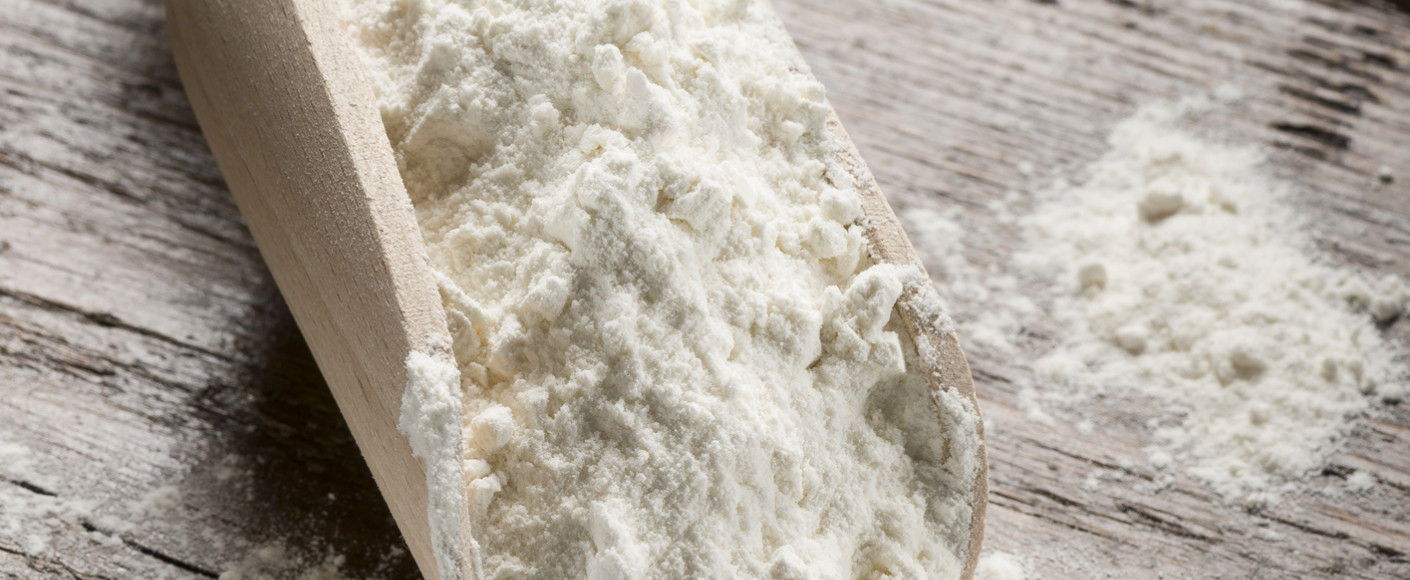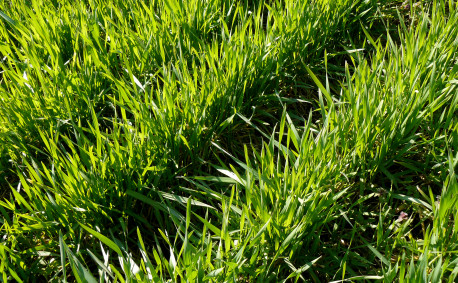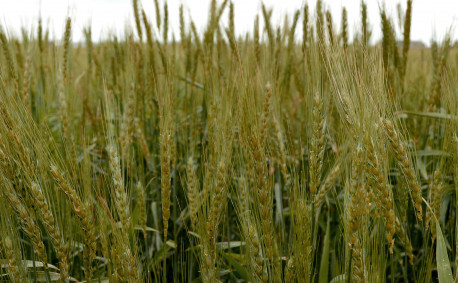What Are the Different Types of Wheat Flour?
When making any type of baked good, bakers more often than not use flour to give dough rise and softness, and to add wonderful flavor and texture. We wanted to get up close and personal with this common, but often overlooked, kitchen staple.
About Wheat Plants
Wheat can produce a wide variety of flours depending on which part of the wheat berry is used. The bran, the germ and the endosperm all play an important role, and all of them vary in the type of flour they produce. A different mix of those parts can have a very different effect on the taste and texture of the baked good.
Flour Production
Once wheat is harvested, it goes to a flour mill to be inspected. During inspection, the wheat is graded on various factors, such as protein content. After a few more steps (sometimes as many as 20!), millers and bakers determine the best use for each flour based on the type of wheat and its protein content.
This is where things get really interesting. Because there are so many different types of wheat with so many different protein levels, the flours are all different. Whole-wheat flour and enriched flour have different effects, so bakers have to be familiar with the different types of flour to make each recipe as tasty as it can be.
Types of Flour
All-Purpose Flour
The most common flour is all-purpose flour. As its name suggests, all-purpose flour can be used to make a variety of goods including cakes, cookies, yeast breads, pastries and quick breads, cinnamon rolls—basically all of the tasty treats our families love. This type of flour is normally enriched and made from a blend of hard and soft wheats. When a flour is enriched, it means millers add nutrients back in that were lost during production. These nutrients include folic acid (link to story “Enriched Grains Help Prevent Birth Defects”), vitamin B and iron.
Whole-Wheat Flour
If you love breads, pizza dough or rolls, odds are you have tried whole-wheat flour. This type of flour is milled from the entire kernel of a hard red wheat variety. According to the Wheat Foods Council’s document, Flour 101, “Items baked with whole wheat flour tend to be heavier and more dense than those made from white flour.” That’s because this flour has less gluten.
White Whole-Wheat Flour
Another variety is white whole-wheat flour, which is basically the same as whole-wheat flour, only it’s made with a white variety of wheat instead of a red variety. The color and flavor are lighter and milder than that of whole-wheat flour, however you still get a great flavor when baking with it.
Whole Grain Flour
Whole grain flours are also a hot commodity when it comes to baking. Whole grain simply means that the whole part of the grain is used in the flour. These can include flours made from corn and sorghum as well as wheat.
Gluten Flour
Gluten flour is milled from spring wheat. This type of flour is high in protein and low in starch, which can make it a healthy choice. It’s normally mixed with a low-protein wheat flour to produce a stronger dough and can be great for baking breads and other hearty baked goods.
Bread Flour
When you’re shopping at your local grocery, you might come across bread flour. This flour is milled mainly for commercial bakers, but is readily available at most grocery stores. It has a higher gluten strength and protein content than other flours.
Self-Rising Flour
If you enjoy making biscuits and gravy, you’ve probably used self-rising flour. Self-rising flour is basically like all-purpose flour, however, it has salt and leavening added. It’s used for biscuits and quick breads (and really shouldn’t be used for much else!).
Experiment With Flour
When choosing which flour to use for your baked goods, have fun experimenting. Each flour brings something a little different to the table, and all of them have a distinct taste worth mentioning. Be sure to look for different types of flours the next time you’re at the grocery!
Need ideas? Check out some of our popular wheat recipes!




